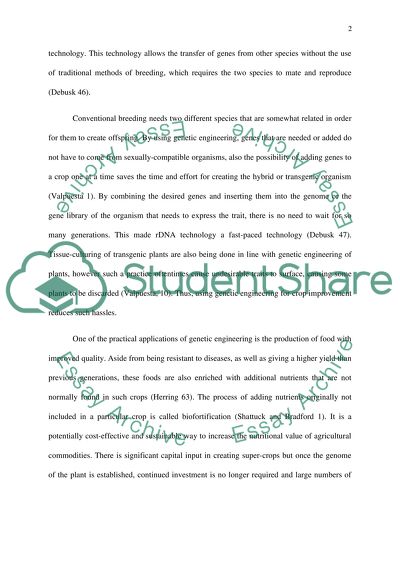Cite this document
(“The Pros and Cons of Nutritional genetic engineering Research Paper”, n.d.)
The Pros and Cons of Nutritional genetic engineering Research Paper. Retrieved from https://studentshare.org/health-sciences-medicine/1446511-nutritional-genetic-engineering-nutrition-pros-and
The Pros and Cons of Nutritional genetic engineering Research Paper. Retrieved from https://studentshare.org/health-sciences-medicine/1446511-nutritional-genetic-engineering-nutrition-pros-and
(The Pros and Cons of Nutritional Genetic Engineering Research Paper)
The Pros and Cons of Nutritional Genetic Engineering Research Paper. https://studentshare.org/health-sciences-medicine/1446511-nutritional-genetic-engineering-nutrition-pros-and.
The Pros and Cons of Nutritional Genetic Engineering Research Paper. https://studentshare.org/health-sciences-medicine/1446511-nutritional-genetic-engineering-nutrition-pros-and.
“The Pros and Cons of Nutritional Genetic Engineering Research Paper”, n.d. https://studentshare.org/health-sciences-medicine/1446511-nutritional-genetic-engineering-nutrition-pros-and.


